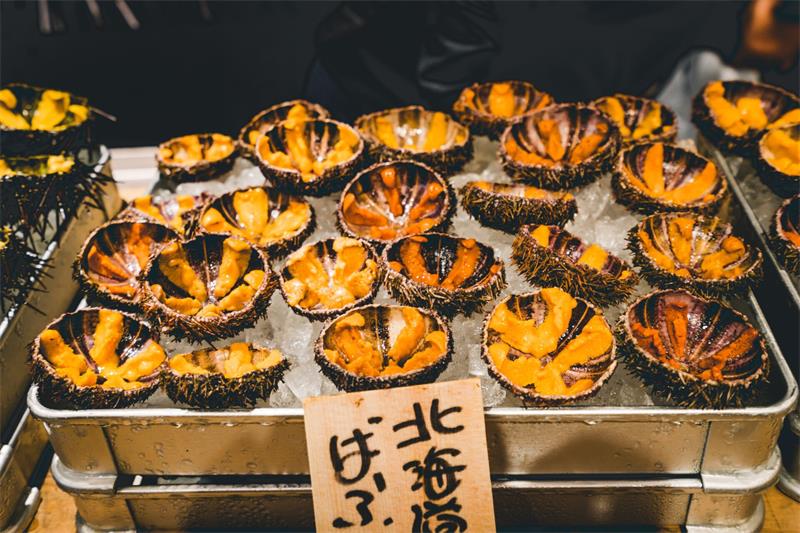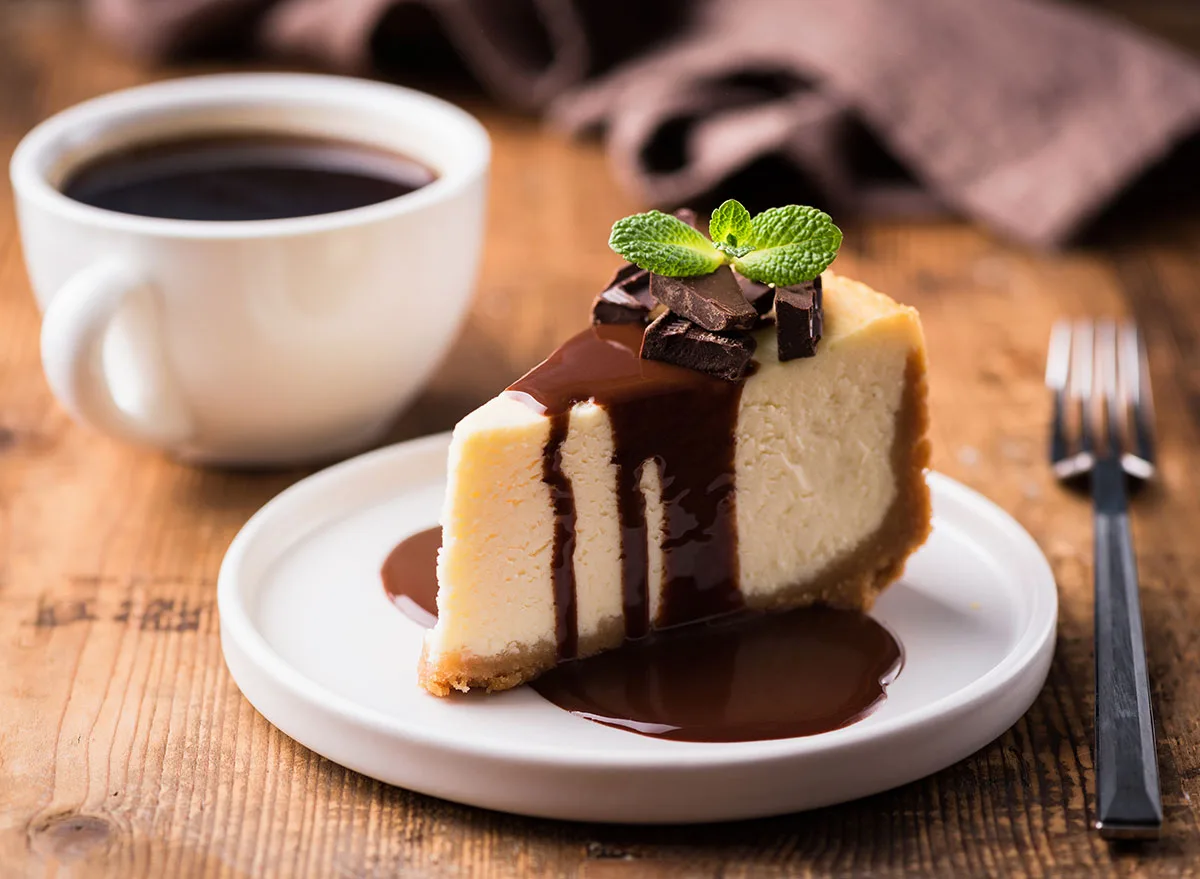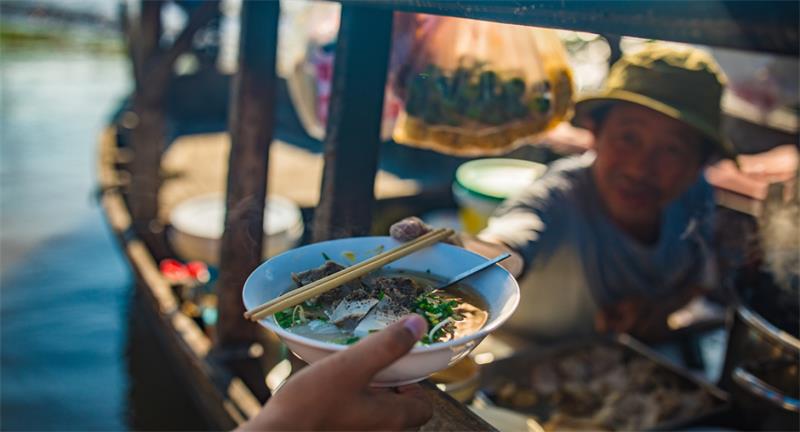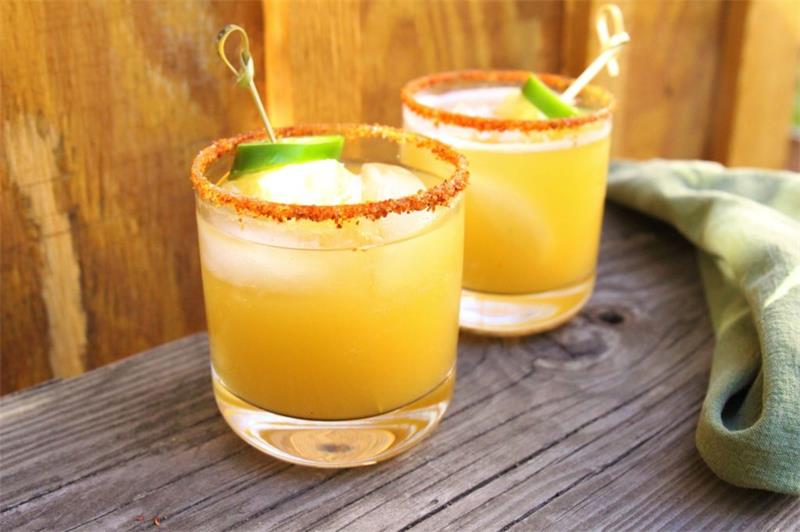Contents
- 1 The Irresistible Delights of Japanese Cuisine: A Culinary Journey
- 2 History of Japanese Cuisine
- 3 Key Ingredients in Japanese Cuisine
- 4 Regional Variations in Japanese Cuisine
- 5 Popular Dishes in Japanese Cuisine
- 6 Etiquette and Customs Surrounding Food in Japan
- 7 Modern Innovations in Japanese Cuisine
- 8 Conclusion
The Irresistible Delights of Japanese Cuisine: A Culinary Journey
The Allure of Japanese Cuisine
Japanese cuisine is a feast for both the senses and the soul. It has gained immense popularity worldwide, not just because of its delectable flavors and textures but also due to its fascinating culture and traditions that are deeply rooted in each dish. Japanese cuisine emphasizes on freshness, simplicity, and minimalism while also staying true to traditional techniques and ingredients.
It’s no wonder then that food plays an incredibly significant role in Japan’s culture – from tea ceremonies to family gatherings, every occasion is centered around food. In fact, Japanese people take so much pride in their cuisine that it has been declared an Intangible Cultural Heritage by UNESCO.
Exploring the Wonders of Japanese Cuisine
From sushi to ramen to tempura to wagyu beef, there is certainly no dearth of delicious dishes in Japanese cuisine – each one with its unique flavor profile and history. However, what really sets apart Japanese cuisine from others is how it celebrates the natural flavors of the ingredients rather than overpowering them with spices or sauces.
Apart from being delicious, many traditional dishes have symbolic meanings or are associated with specific events or seasons – such as osechi ryori during New Year’s Day or chirashi-zushi during Hinamatsuri (Doll Festival). Furthermore, every dish tells a story – whether it be about honoring ancestors or expressing gratitude for nature’s bounty.
Why You Should Try Japanese Cuisine
Japanese cuisine is more than just a meal; it’s an entire experience that can transport you halfway across the globe with just one bite. Even if you’re not familiar with sushi rolls or sashimi slices yet, there are still plenty of options for everyone – ranging from hearty bowls of ramen noodles to fluffy Japanese pancakes.
Furthermore, the healthy and balanced nature of Japanese cuisine has been proven to have numerous health benefits ranging from weight loss to longevity. So why not embark on a culinary journey through the Land of the Rising Sun and discover the secrets of Japanese cuisine for yourself?
History of Japanese Cuisine
Early Influences on Japanese Cuisine
Japanese cuisine has evolved over time, influenced by both internal and external factors. The first major influence came from China in the 5th century when Buddhism arrived in Japan.
Monks who brought Buddhist teachings also brought ideas about vegetarianism, which had an impact on Japanese cuisine. Additionally, the Chinese introduced new cooking methods and ingredients like soybeans and wheat flour.
Another important influence came from Korea during the 4th century, when Japan imported rice from them. Rice eventually became a staple part of Japanese cuisine and is still at the center of many traditional dishes today.
Development of Traditional Dishes and Ingredients
During the Heian period (794-1185), Japanese aristocrats began to develop a unique culinary culture based on seasonal ingredients. This led to the creation of various traditional dishes that are still popular today, such as sushi and soba noodles. In addition to these dishes, there are many other traditional foods that have been developed over time including tempura (deep-fried seafood or vegetables), udon noodles (thick wheat-flour noodles), and yakitori (grilled chicken skewers).
These dishes showcase different preparation techniques such as grilling, frying or boiling which have been perfected over generations. By understanding these early influences on Japanese cuisine and how they shaped traditional dishes and ingredients we can begin to appreciate how truly unique this culinary culture is.
Key Ingredients in Japanese Cuisine
Rice and its importance in Japanese meals
Rice is the staple food of Japan and has been a part of their cuisine for over 2,000 years. It plays an important role in Japanese culture, being used not only as a food but also as an offering to the gods and even as a currency in ancient times.
In fact, the traditional Japanese word for “meal” is “gohan”, which literally means “cooked rice”. There are many varieties of rice used in Japanese cuisine, with short-grain white rice being the most common.
The preparation of rice is taken very seriously in Japan, with precise measurements and cooking times to ensure perfect results. Rice can be served plain or flavored with various seasonings like vinegar or furikake.
Seafood and its various forms in Japanese dishes
Japan is an island country surrounded by water and it’s no surprise that seafood plays a major role in their cuisine. Freshness is key when it comes to seafood in Japan, with many restaurants sourcing their fish directly from local markets each day. Sushi is perhaps the most well-known example of seafood-based dishes from Japan but there are many other varieties as well.
Sashimi features thinly sliced raw fish that’s often served with soy sauce or wasabi for flavoring. Tempura is another popular dish where seafood (or vegetables) are battered and fried until crispy.
Soy sauce, miso, and other seasonings
Soy sauce (shoyu) is a fundamental ingredient used throughout Japanese cuisine. Made from fermented soybeans mixed with wheat and saltwater, it adds salty umami flavor to dishes like sushi or stir-fry.
Miso is another commonly used seasoning made from fermented soybeans mixed with grains like barley or rice. It has a rich savory flavor and is often used to make miso soup or marinades for fish and meat.
Other seasonings like mirin (sweet cooking wine) or sake (rice wine) are also used in Japanese cuisine to add depth of flavor to dishes. These ingredients are often combined with sugar, soy sauce, and other seasonings to create complex sauces that pair perfectly with meat, seafood, or vegetables.
Regional Variations in Japanese Cuisine
Japanese cuisine has a rich and diverse history, with many regional specialties that are unique to specific areas of the country. These regional dishes often reflect the local climate, geography, and cultural traditions of the area in which they originated. From Hokkaido to Okinawa, each region has its own distinctive flavors and cooking techniques that make their cuisine truly unique.
Distinctive Styles from Different Regions
One notable example is the cuisine of Kyoto, which is known for its elegant and refined dishes that showcase the beauty and simplicity of traditional Japanese ingredients. Kaiseki ryori is a multi-course meal that typically features seasonal ingredients presented in an artful way.
Another famous dish is obanzai, which refers to the simple but flavorful home-style cooking that is popular in Kyoto. In contrast, Osaka is known for its hearty and flavorful street food culture.
Dishes like takoyaki (battered octopus balls) and okonomiyaki (a savory pancake filled with meat or seafood) are ubiquitous in this bustling city. Even their sushi is different – it’s usually served as nigiri-zushi (hand-pressed sushi) rather than rolled sushi.
Other regions have also developed unique culinary styles over time. In Hiroshima, for instance, there’s a style of okonomiyaki called Hiroshimayaki that’s made by layering noodles between thin layers of batter before grilling – it’s delicious!
Examples of Regional Specialties
Besides these famous regional styles, there are numerous other local specialties throughout Japan waiting to be discovered. One such example comes from Nagoya where they serve up miso-katsu – breaded pork cutlets served with a thick miso sauce on top!
It’s a must-try dish if you ever find yourself wandering around Nagoya. Another regional favorite is the umibudo seaweed from Okinawa.
This type of seaweed looks like tiny green grapes and has a unique, slightly salty taste that’s best enjoyed with sushi or as a salad ingredient. There’s Hokkaido – a region famous for its cold winters and abundance of fresh seafood.
Here, you can find some of the world’s best uni (sea urchin) and ikura (salmon roe). These delicacies are often enjoyed on their own or as part of sushi dishes.
With so many regional specialties to choose from, it’s clear that Japanese cuisine is both complex and diverse. Whether you’re looking for something hearty or delicate, traditional or modern, there’s sure to be a regional dish out there that will tantalize your taste buds!
Popular Dishes in Japanese Cuisine
The Art of Sushi and Sashimi
When it comes to Japanese cuisine, sushi and sashimi are two dishes that come to mind. These dishes are famous all over the world, but many people are not familiar with their history and preparation. Sushi is a dish made of vinegar rice, accompanied by raw fish or vegetables.
On the other hand, sashimi is simply raw fish served without rice. Sushi can be prepared using different varieties of fish such as salmon, tuna, or eel.
However, there are certain rules when it comes to sushi-making, such as the temperature at which the rice must be cooked and how it should taste. It is not easy to make good quality sushi; chefs undergo rigorous training before they can make it properly.
Sashimi has been around for centuries and was originally served as a luxurious delicacy exclusive to royalty in Japan. Today it is more widely available but still requires skillful handling of fresh fish to ensure safety and maintain its delicate flavor.
Tempura – One of Japan’s Most Loved Fried Delicacies
Tempura is a dish that was introduced in Japan by Portuguese missionaries during the 16th century. It consists of deep-fried battered seafood or vegetables flavored with soy sauce or salt.
The batter used in tempura is made from a combination of flour, water, baking soda, and egg yolk whipped up into a smooth consistency. The art of making delicious tempura lies in getting the right temperature for frying so that the outer layer becomes crispy while maintaining juiciness inside.
Different ingredients require different frying times due to their varying textures – prawns take longer than sweet potatoes. When eating tempura, it’s important to use chopsticks rather than your hands since using your hands might ruin its crispy texture.
The Comforting Bowl of Ramen
Ramen is a dish that originated in China but was adapted and perfected in Japan. It consists of Chinese-style wheat noodles served in a savory broth, sometimes flavored with soy sauce or miso.
Typical toppings include boiled egg, sliced pork, and green onions. Making ramen broth requires time as it usually involves boiling chicken bones or pork bones for several hours to extract the umami flavor.
The noodles can be cooked fresh or dried while the toppings can vary depending on preference. When eating ramen, it’s important to slurp the noodles as loudly as possible as this shows appreciation for the dish and its taste.
These dishes are only a few examples of popular Japanese cuisine. Each dish has its own unique history and preparation methods, making them an exciting choice for anyone who enjoys good food.
Etiquette and Customs Surrounding Food in Japan
Proper ways to eat sushi or noodles
In Japan, there are specific customs and etiquette surrounding the consumption of sushi and noodles. When eating sushi, it is important to use chopsticks instead of your hands. It is also customary to dip the fish-side of the sushi into the soy sauce rather than pouring it over the rice.
Additionally, it is considered rude to mix wasabi into your soy sauce as it has already been added by the chef in an appropriate amount. When eating udon or soba noodles, slurping them loudly is not only common but also a sign that you are enjoying the dish.
However, be mindful not to slurp so loud that it becomes disruptive to others around you. Using chopsticks to pick up or twirl your noodles before eating them is also acceptable.
Tea ceremony customs
The tea ceremony (chado) in Japan is a ceremonial way of preparing and serving matcha (powdered green tea). The ceremony has been an integral part of Japanese culture for hundreds of years and has historically been associated with Zen Buddhism. In a traditional tea ceremony, guests will enter a designated room called a chashitsu where they will be served wagashi (Japanese sweets) before being invited into another room where the tea will be prepared.
The host will then prepare and serve each guest with individual bowls of matcha while engaging in conversation with them. Throughout the ceremony, there are specific actions and gestures that both guests and hosts should follow in order to show respect for each other and appreciate every step of this centuries-old tradition.
The Art of Savoring Every Bite
Japanese food culture emphasizes not just what we eat but how we enjoy our meals. Meals should be savored slowly with small bites rather than quickly gobbled up. This allows us to fully appreciate the flavors and textures of each dish.
Additionally, Japanese cuisine is often presented in a visually appealing manner, with beautifully arranged dishes that are meant to be appreciated before eating. The attention to detail extends even further with the use of seasonal ingredients and colors to create an aesthetic experience that complements the taste of the food.
In Japan, food is more than just sustenance – it is an art form that should be enjoyed with all your senses. By following these customs and etiquette, we can show our respect for Japanese culture and truly savor every bite of this exquisite cuisine.
Modern Innovations in Japanese Cuisine
Fusion Cuisine with Western Flavors: A Delicious Experiment
In recent years, Japanese cuisine has been experiencing a culinary revolution. Chefs have started to experiment with new ingredients and techniques and fuse them with traditional Japanese cuisine to create delicious, innovative dishes.
One of the most prominent trends in modern Japanese cuisine is fusion cuisine with Western flavors. Chefs are now using ingredients like cheese, butter, and cream that were previously uncommon in traditional Japanese dishes.
This fusion of flavors has resulted in unique dishes such as wagyu beef sliders topped with wasabi mayo or sushi rolls filled with cream cheese and avocado. These dishes may sound strange at first, but they are incredibly flavorful and have become very popular among food lovers worldwide.
Molecular Gastronomy Techniques Used by Chefs: Art Meets Science
Another trend that has emerged in modern Japanese cuisine is the use of molecular gastronomy techniques by chefs. Molecular gastronomy is a scientific approach to cooking that involves manipulating the chemical and physical properties of ingredients to create new textures, flavors, and presentations.
Chefs have been using scientific techniques like spherification (turning liquids into tiny gel-like balls) or foams (creating bubbly textures) to create innovative dishes that not only taste amazing but also look like works of art. For example, you might find an amuse-bouche consisting of a tiny ball filled with miso soup or a dessert made from green tea foam served on top of mochi rice cake.
Pushing Boundaries: The Future of Japanese Cuisine
The combination of traditional techniques and modern innovations is transforming the way we think about Japanese cuisine. With chefs pushing boundaries every day, it’s hard to predict what lies ahead for this exciting culinary journey. One thing is certain: Japan will continue to be at the forefront of culinary innovation.
Chefs will continue to experiment with new ingredients, techniques, and flavor combinations to create unforgettable dishes that will leave diners craving for more. The future of Japanese cuisine is bright, and we cannot wait to see what comes next!
Conclusion
Japanese cuisine is a fascinating and intricate aspect of Japanese culture that has been shaped by centuries of tradition and innovation. From the importance of rice and seafood to the etiquette surrounding food consumption, there are many secrets to uncover in Japanese cuisine. One of the most important things to remember about Japanese cuisine is its focus on balance and simplicity.
The use of fresh, high-quality ingredients and careful preparation techniques are key to creating dishes that delight both the palate and the eye. Whether you’re enjoying sushi or ramen at a local restaurant or trying your hand at traditional Japanese cooking at home, paying attention to these details can help you elevate your culinary experience.
Another important aspect of Japanese cuisine is its ability to evolve while still remaining true to its roots. Chefs in Japan and around the world are constantly innovating with new ingredients, techniques, and combinations of flavors.
Whether it’s through fusion cuisine or molecular gastronomy, these innovations keep Japanese cuisine fresh and exciting for both longtime fans and newcomers alike. At its heart, though, Japanese cuisine is about more than just food – it’s a reflection of Japan’s rich cultural heritage and deep respect for tradition.
By exploring the secrets of Japanese cuisine, we can gain a deeper appreciation for this beautiful country and all it has to offer. So go forth with chopsticks in hand, ready to embark on your own culinary journey through Japan!













